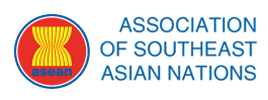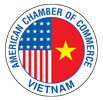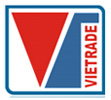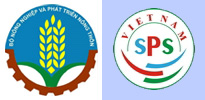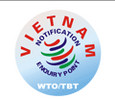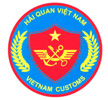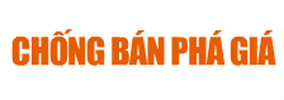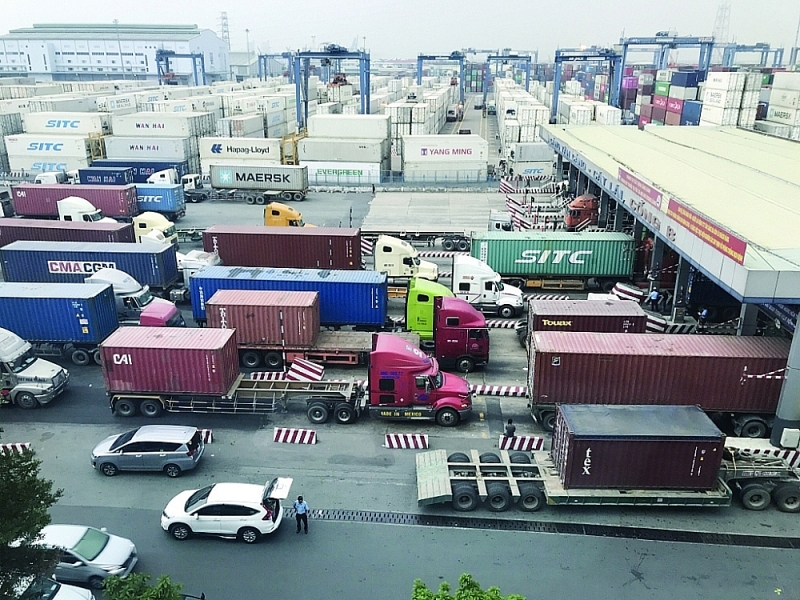
Many high costs related to freight transportation place a large burden on businesses. Experts say that it is necessary to diversify forms of transport of import and export goods to avoid dependence and reduce costs for businesses.
Many inadequacies
Statistics from Ho Chi Minh City Customs Department and USAID show that, on average, there are about 16,400 to 22,000 cars per day through Cat Lai port area, especially at times up to 26,000 vehicles per day (16,400 trucks lined up or 327km of road length).
In addition, vehicles entering the port have to queue for 2-3 hours before arriving at the port, causing traffic jams. Traffic congestion causes waste of about 160 million hours/year, and economic losses of over US$1 billion/year.
According to the leader of Ho Chi Minh City Customs Department, the total exploitation output of Ho Chi Minh City seaport cluster reaches more than 7 million TEUs and more than 120 million tons/year, ranking 25th in the world's 100 largest seaports, with an average growth rate of 8%/year.
With a large volume of import and export goods, Ho Chi Minh City does not have a fleet of professional ships and barges to make the most of the city's dense terrain.
Besides, with goods transported by air, more than 90% of international cargo volume is transported by foreign airlines. Our country does not have a fleet of cargo planes, only taking advantage of cargo transportation along with passenger aircraft has greatly affected the transportation of goods of import-export enterprises.
In the Mekong Delta, there are currently four airports with two domestic airports, Rach Gia (Kien Giang) and Ca Mau, and two international airports, Phu Quoc (Kien Giang) and Can Tho.
The common feature of these airports is that they mainly serve passenger transport and have not yet made an outstanding contribution to the regional economy. Therefore, a potential for logistics development in the Mekong Delta region, pointed out by many experts, is that transporting goods by air directly from Can Tho to export to other countries is a good solution. Along with that, it is necessary to invest in a cargo warehouse system for export by air.
According to the Civil Aviation Authority of Vietnam, after more than 30 years of development, Vietnam's cargo transport market has grown by leaps and bounds, with an output of 1.3 million tons in 2021 and expected to reach more than 1.52 million tons in 2022, an increase of nearly 83 times compared to 1991 and 21.2% compared to 2019; achieved an average growth rate of 15.3%/year for the whole of 1991-2022.
Despite the steady growth of the market, up to now, five airlines still only operate combined cargo transportation on passenger flights and no airline transporters by specialized aircraft.
In the international market, the international cargo market share of Vietnamese airlines will only reach 18% in 2019 and in the 2020-2021 period, only 10-12% of the international cargo market share.
At present, the international cargo market of Vietnamese airlines has 29 foreign airlines operating cargo planes from 16 countries and territories to Vietnam.
Need a fleet of aircraft specialized in transporting goods
According to the Civil Aviation Authority of Vietnam, over the past 30 years, Vietnamese aviation enterprises have only focused on transporting passengers, leaving the goods market open for foreign operators to exploit.
The general trend of the world is to develop the global supply chain, it is very necessary to develop the transportation of goods by air at present.
In particular, in the trend of catching opportunities from the post-Covid-19 period, considering and agreeing to grant licenses for Vietnamese enterprises to establish new cargo airlines is consistent with the strategic direction of the Prime Minister in Decision 318/QD-TTg dated March 4, 2014 and the master plan on development of air transport for the period to 2020, with an orientation to 2030 according to Decision No. 236/QD-TTg dated February 23, 2018 of the Prime Minister, as well as the reality of Vietnam's aviation market.
According to the Civil Aviation Administration of Vietnam, due to the sharp decrease in the number of flights carrying passengers and cargo while the demand for transportation increased, international freight rates have skyrocketed from 3 to 4 times, even from time to time, each market, the freight rate increased 5-6 times compared to before the Covid-19 pandemic.
For example, freight rates for freight from airports in Asia to the United States before the pandemic were in the range of US$1 to US$1.8 /kg, but at many times in 2020 and 2021 up to US$8 /kg to US$10/kg, sometimes up to US$17-18/kg from Vietnam to the United States.
According to the forecast of the Civil Aviation Administration of Vietnam, in 2022, the volume of transported cargo will reach 1,524 million tons of cargo, up 16.4% compared to 2021 and 21.2% compared to 2019. So far, the Civil Aviation Administration of Vietnam has not yet received the plan to add specialized cargo aircraft of existing Vietnamese airlines.
Currently, the Civil Aviation Authority of Vietnam is reporting to the Ministry of Transport to assess the Vietnamese air freight market to consider granting an air transport business license to IPP Air Cargo Joint Stock Company.
"The addition of IPP Air Cargo will increase competitiveness and increase the international freight market share for Vietnamese airlines in the Vietnamese aviation market in particular and the international freight market in general," leaders of the Civil Aviation Authority of Vietnam said.
Based on the actual situation and the Strategy for the development of transportation services to 2020, with a vision to 2030, according to Decisions 318 and 236, the Civil Aviation Administration of Vietnam believes that the consideration of the application for a business license for IPP Air Cargo is appropriate and necessary to ensure the implementation of the Prime Minister's orientation on the development of air transport and transport services mentioned in Decisions 318 and 236 above.
Source: VCN
Keywords: import and export costs, reduce costs, global supply chains, air transport, freight rates





